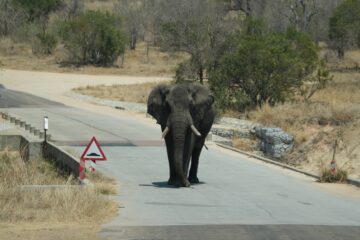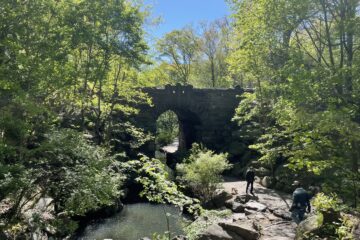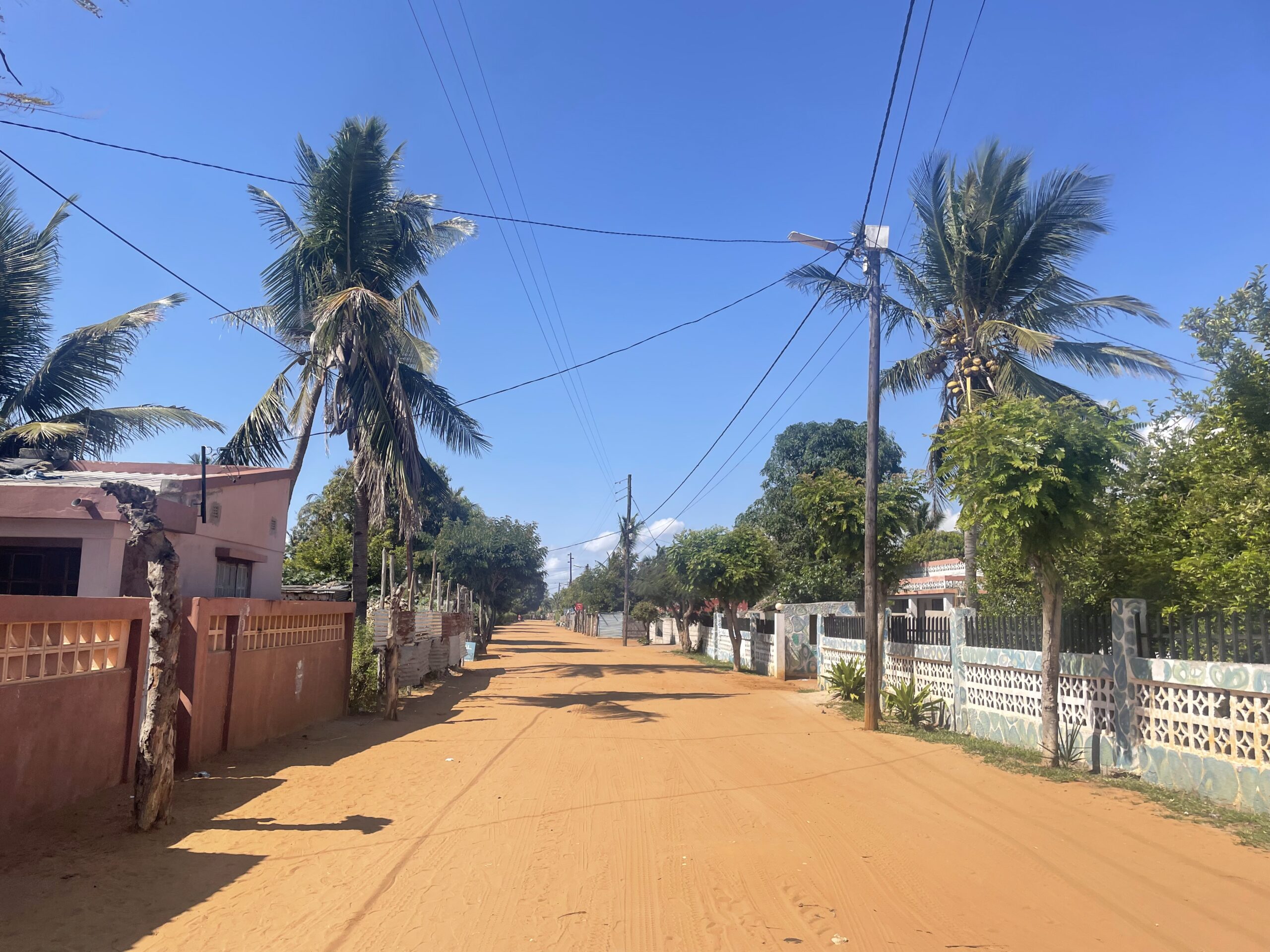The land of blue oceans, sandy beaches, and breezy palm trees. Mozambique is a tropical paradise and still developing itself when it comes to tourism. On the one hand, this is perfect because there is a lot to be discovered and it feels very raw. On the other hand, this means that somethings require a bit more planning. Here I share all you need to know about travelling (the south of) Mozambique so your trip will be great!
Language and communication
The official language in Mozambique is Portuguese, but there are many local languages that are still being used. We experienced that people in the south of Mozambique speak some English, enough to get around. This is mainly because a lot of South Africans travel to the south of Mozambique for the holidays.
You can easily buy a local sim anywhere. There are little stalls in every small town. If you speak portuguese, it will be easy to arrange. If you don’t, make sure to have a translator app ready. You can also get an E-sim with Airalo if you don’t want the hassle of a local sim. Whatsapp is widely used in Mozambique and a great way to communicate with your lodge, campsite or for arranging potential activities.
Travel tip: Make sure to get Google Translate on your phone and download Portuguese (and English) so translating is available offline.
Currency, cash and costs
In Mozambique they use Meticais (pronounced “meti-caish”), or MT. One euro converts to about 65 meticais. So it is a bit difficult to calculate with.
ATMs can be hard to find, so make sure you have enough cash on you. Interestingly, you can only get 5000 meticais out of an ATM each time, which is often not enough to pay for activities. For example, in Tofo we took organised trips on multiple days. Each trip was about 3000 MT per person and cash only, so we had to take out cash twice a few days in a row.
While food is quite cheap, all things touristy are relatively expensive. Accommodation (apart from camping) can be equal to certain European prices, and activities range from 45 euro (3000 MT) for a daytrip to 120 euro (8000 MT) to go diving. If you go local, costs such as food and souvenirs can become cheaper, but be aware because they might still be giving you a tourist price.
Haggling for your souvenirs is common, and even for activities you can sometimes get the price down a bit (activities are quite pricey). Tips are encouraged in restaurants, but not standard. Tipping for activities, for example the captain of your boat, is appreciated.
Travel tip: Are you travelling a lot and don’t want to waste money on taking out cash? Have a look at the cards from Revolut!
(Vegetarian) Food
Mozambique is known for amazing seafood, that is often locally caught. Do you like fish? Than Mozambique is the place to be for a sustainable seafood dishes.
As a vegetarian, it is quite hard to find a decent, local meal in Mozambique. Luckily, the traditional Matapa is definitely vegetarian, and even vegan. It is made from cassava leaves stewed with ground peanuts, garlic and coconut milk. It usually accompanies meat and fish, but it does well on its own with some rice. As a vegetarian, you’ll often end up with lettuce and fries, because despite vegetables being widely available, they don’t seem to use them for main meals a lot.
Did you have a different experience with vegetarian food in Mozambique? Let me know in the comments!
Getting around
Mozambique is a big country, over 2500 km long. Bigger towns and interesting locations are pretty far apart. It is possible to travel around using public transport, both small (chappas) and big buses. But we’ve seen those on the road and they don’t look safe or comfortable.
car vs public transport. Are you set on taking the bus? Check out these blogs for more information
- https://bravefreetravel.com/how-to-go-from-johannesburg-to-mozambique-by-bus-visa-on-arrival/
- https://publictransportdiaries.wordpress.com/2014/12/20/5-things-we-learned-on-public-transport-in-mozambique/
Driving yourself gives you flexibility in your itinerary, for your accommodation and your luggage. Between Maputo and Vilanculos the main highway is really smooth and safe to drive. I’m not a fan of driving, but I truly enjoyed the long straight roads lined with palm trees and passing by the occasional town. Once you’re off the main highway, that’s when it becomes interesting. They will either be paved but with lots of potholes, or unpaved, also with lots of potholes. Your speed will really go down once you’re off the main road, so take that into account in your planning. We were often fooled thinking we were almost there, only to be driving for another 45 minutes because of the bad road.
The driving rules are pretty clear in Mozambique. You drive on the left and give way to the right. Speed limits range from 40 to 60 km/h in towns, to 100 km/h on the highway. The only downside is that it is not always clear when speed limits change, as signs might be missing once you leave a town. And that’s exactly when the traffic police gets you.
Speeding Tickets
Mozambique is notorious for its speeding tickets. We’ve experienced it firsthand, twice. One time we missed the sign showing we should be driving 60km/h, the other time the sign was missing. Luckily we were already wary about the speed at the time and were only driving a little to fast. Speeding upto 20km/h over the limit will cost you 1000 MT. The speed cameras usually are placed just behind a bend in the road. Officers will flag you down and give you a fine. The police officers we met were very nice, but not always able to speak in English so make sure you have your translating app ready if you don’t speak Portugese.
In the past, corruption around speeding tickets was a lot more common and you had to make sure that you were not being scammed and you were actually speeding. Fortunately, this has gotten a lot better over the years. You do still need to be careful. It is advised that you should ask for (and insist) a receipt, because if the ticket isn’t legit, this will have the officer think twice as the ticket will then need to go on the books and they can’t pocket the money. We unfortunately didn’t do this, and our cash may have ended up in the police officer’s pocket. But we were already late, and didn’t have meticais on us, so just wanted to handle it and move on.
Crossing the border over land
There are multiple over-land border crossings in Mozambique. We entered the country from eSwatini via the Goba border post, in the south of Mozambique. We left the country at the Giriyondo border post in Limpopo National Park (to Kruger National Park). Both are very tiny and quiet posts, making it a fairly quick visit. The employees were not as friendly compared to those on the eSwatini and South Africa side, and most of the process was still done by hand. Make sure to have your car’s papers ready (write down the license plate number) and your passports. When you enter Mozambique you will also need to pay the road tax. At the Goba border post, this is done in the most worn-down government building I’ve ever experienced.
We were in Mozambique in October 2024, right before the general elections. The atmosphere was very happy then, but turned around quickly after voting day and things became violent. Border posts to South Africa closed.
Visa (waiver)
We researched beforehand that we didn’t need a visa for Mozambique with a Dutch nationality. While this was unknown to us when we entered (and we thought it was a scam), you do need to pay a visa waiver to enter Mozambique if you have a certain nationality (read more here). The fee is 650 MT and you can pay in cash or by card.
Safety
We have felt very safe during our road trip through the south of Mozambique. We’ve come into contact with the police twice, for speeding tickets, and they were kind and we did not feel like we were taken advantage of. Locals did stare at us sometimes, for example when roaming around a small market or visiting a fabric shop. Tourists tend to stay in private lodges or resorts, so Mozambicans can be surprised when they see white people in their small town for example.
Like in all places, you should not flaunt money or expensive stuff such as cameras. Mozambique is not a wealthy country, so it is good to be respectful as well as careful. We were in Mozambique in October 2024, right before the elections. The atmosphere was very happy then, but turned around quickly after voting day and things became violent. Make sure to check the current situation online before you go.
Where to stay
Finding accommodation in Mozambique was a bit harder than I thought. There are hotels or lodges in the main tourist places such as Tofo and Vilanculos, but budget options and campsites were harder to find online. Not all places have websites, but make sure to check Google Maps. Definitely try asking around once you’re there, that’s how we ended up in a beautiful dune campsite near Xai-Xai.
Accommodation we stayed at
- Laguna Camp and Chalet, Praia de Bilene https://laguna-camp.com/. A nice campsite near the lake. You need a 4×4 to get there. If you’re visiting in off-season, message them beforehand. The restaurant isn’t always open.
- East Africa Safaris, near Xai-Xai http://www.eastafricasafaris.co.za/. We stayed at the campsite next door. A bit pricy for a campsite under development, but a wonderful location in the dunes next to the ocean. Great garlic bread and cocktails at the restaurant.
- Singila lodge, in Tofo https://singilalodge.com/. Great dune huts. You need a 4×4 to get there, but you can walk along the beach to the center of town.
- Baobab Beach Vilanculos, +258827315420. Wonderful lodge and campsite right next to the beach. You can camp right next to a giant baobab, and they have great pizzas.
- Covane Community lodge, Massingir http://www.covanecommunitylodge.com/. A nice campsite with views of the lake. 4×4 is good to have. Frequently visited by researchers, so make sure to check if they have space beforehand.
What to do
We focussed our time in Mozambique on exploring the coastal area. Here I share some options for activities and tips on how to arrange them. The national parks in Mozambique aren’t as well-developed as in South Africa, and harder to reach. But definitely try it out Zinave National Park if you would like to add some terrestrial wildlife to your itinerary. Activities are quite pricey in Mozambique. Expect to pay around 30-75 euro per person for a half day or day trip.
Tofo
- Go diving or take an ocean safari with Liquid Dive adventures
- You can take a day-trip to pig island. Check out how the local islanders live and enjoy a wonderful local lunch. This excursion can be organised through your lodge or campsite, or by reaching out to the Tofo Activity Centre (+258 82 607 1200)
- Go snorkelling with seahorses. You can combine this with the trip to pig island. Be aware that the tide really influences whether or not you can go snorkelling (and if you can see the seahorses). This excursion can be organised through your lodge or campsite, or by reaching out to the Tofo Activity Centre (+258 82 607 1200)
- More activity options, such as cooking classes or a market visit, are provided by the Tofo Activity Centre (+258 82 607 1200).
- Get a hand-made souvenir from Tivane Tailor Made
Vilanculos
- Visit Bazaruto archipelago and try to spot the rare dugongs in their natural habitat. You can hire a private boat or take a day trip. You can often arrange this via your lodge or campsite.
- Go diving or snorkelling at 2-mile reef with Odyssea Dive. Often these trips are combined with a visit to the Bazaruto archipelago (Bazaruto island and Benguerra island are most common).
- Go snorkelling with seahorses with ParCo.
- Visit the sanctuary, on the peninsula. This takes some more planning and money, but there is an interesting local conservation project on the other side of the lagune. More information here.
- Go watch the fireflies with a sunset canoe trip in the local Govuro wetlands, or go bird watching with South East Africa Safaris.
- Drive to the red dunes and explore the area.
Bilene
- Rent a kayak and float around on the lake
- Drive to the whale watching viewpoint and see if you can spot some whales along the coast.
Massingir
- Visit Limpopo National Park. Be aware, the roads are really bad in the national park (potholes galore) at the time of this post (February 2024). The experience is very different from Kruger National Park as the vegetation is very dense and the area is flat. We drove along the main road, and didn’t see much. There are some interesting viewpoints off the main road, but you’ll need plenty of time and patience, as well as a healthy back to handle the bumps.



1 Comment
The ultimate guide to driving, diving and thriving in Mozambique - Loose Travels · February 19, 2025 at 12:04 pm
[…] options for accommodation and activities in separate blogs for both South Africa and eSwatini, and Mozambique. Make sure to check it […]